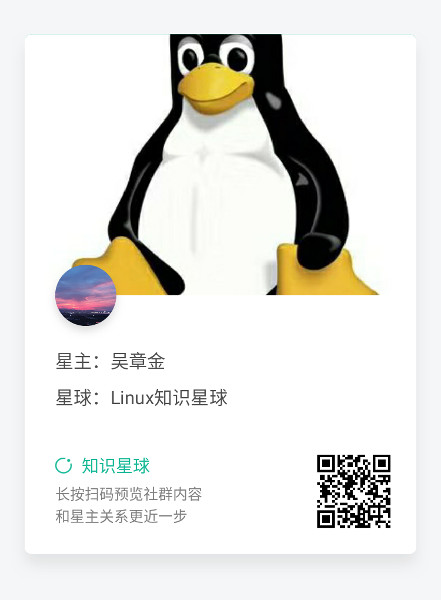[置顶] Linux Lab v1.2 升级部分内核到 v6.3.6,升级部分 QEMU 版本到 v8.0.2,新增 nolibc 和 NOMMU 开发支持,另有新增 4 款虚拟开发板:ppc/ppce500, arm/virt, loongarch/virt 和 s390x/s390-ccw-virtio。Linux Lab 发布 v1.2 正式版,新增 4 款虚拟开发板,支持 LoongArch, Linux v6.3.6 和 QEMU v8.0.2
Optimizing Embedded Systems using Busybox
by falcon of TinyLab.org 2013/11/20
Introduction
Instant Optimizing Embedded Systems using Busybox is a micro book written bythe members of TinyLab.org, will be published this month in Packt Publishing, it isavailable for Pre-order now: http://www.packtpub.com/optimizing-embedded-systems-using-busybox/book.
This book will teach you how to build an embedded (Android Linux) system withBusybox, enhance its functionality to meet diverse system requirements, andoptimize it to provide a better user experience for embedded products (E.g.Android/Linux Smartphones or tablets).
TinyLab.org will work as a direct communication channel between the authors and thereaders, welcome your feedbacks; the related topics of this book will be deeplydiscussed here, welcome your participation.
Cover of this book
![The cover of the book: Instant Optimizing Embedded Systems using Busybox [Instant]](https://tinylab.org/wp-content/uploads/2019/08/busybox-cover.gif)
Overview
- Build and play embedded (Android Linux) system with Busybox from scratch
- Configure, compile, cross compile, and install Busybox
- Build external utilities and development environments (include Bash and C) for a Busybox-based embedded system to meet diverse system requirements
- Set up the required environment and tools for an embedded (Android Linux) system development
- Optimize multiple aspects of an embedded (Android Linux) system using some powerful Busybox applets
What you will learn from this book
- Learn to configure and compile Busybox from source code for different platforms
- Replace the original Android mksh console with Busybox ash console
- Learn to integrate new applets to Busybox
- Build a development environment such as Bash and C for a Busybox-based embedded system and use it on an Android emulator
- Tailor the system size to reduce disk and memory footprint
- Guarantee system stability with test automation
- Save on power costs to lengthen battery life and reduce charging times
- Speed up system boot time to save users’ waiting time
- Increase system serviceability with debugging and tracing methods
Approach
Filled with practical, step-by-step instructions and clear explanations for themost important and useful tasks. A step-by-step guide which provides conciseand clear recipes for getting started with Busybox.
Who this book is for
If you are an embedded system developer or Android developer who wishes tolearn to build an embedded (Android Linux) system from scratch, as well as tooptimize the system performance, then this book will be great for you. It’sassumed that you have some experience in Linux and UNIX utilities. If you are anew developer, this book will also help you to get started with Busybox andAndroid Linux development.
猜你喜欢:
- 我要投稿:发表原创技术文章,收获福利、挚友与行业影响力
- 知识星球:独家 Linux 实战经验与技巧,订阅「Linux知识星球」
- 视频频道:泰晓学院,B 站,发布各类 Linux 视频课
- 开源小店:欢迎光临泰晓科技自营店,购物支持泰晓原创
- 技术交流:Linux 用户技术交流微信群,联系微信号:tinylab
| 支付宝打赏 ¥9.68元 | 微信打赏 ¥9.68元 | |
 |  请作者喝杯咖啡吧 |  |
Read Related:
Read Latest:
- Android 45
- Android emulator 1
- boot speedup 1
- busybox 4
- Embedded Linux 3
- Linux 597
- Optimization 2
- Performance 3
- Power 2
- Stability 2
- Test automation 1


